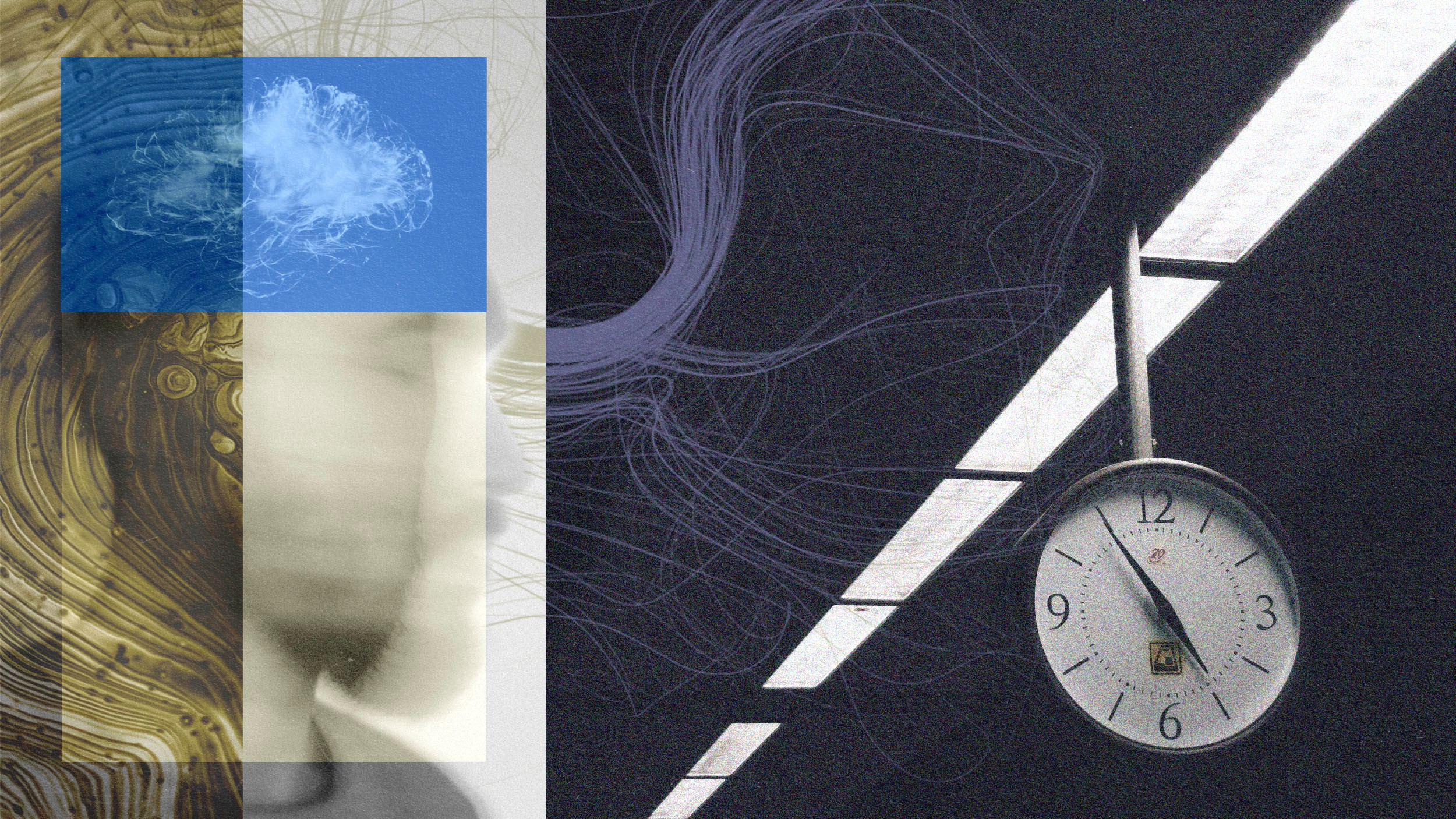Why Do Humans Hate Immigrants? More Importantly, How Can We Get Over It?

Two groups were asked to lie. One had to speak the untruth; the other write it down. On the way out each participant was offered a cleaning product. As you might expect, the speakers chose mouthwash, while the scribes went for hand soap.
Why do we confuse a moral transgression with a physical action? Neuroendocrinologist Robert Sapolsky believes humans are more easily tricked than we might believe. In this case he’d label it a case of co-optation more than confusion, though the latter does stem from the former.
To understand this behavior we have to investigate the insular cortex. In Sapolsky’s latest book, Behave: The Biology of Humans at Our Best and Worst, he calls it an honorary part of our brain’s prefrontal cortex. The insula, for shorthand, is involved in consciousness and plays numerous roles: maintaining homeostasis, perception, cognitive functioning, motor control, and interpersonal experience.
Among other functions, the insula plays an important role in processing emotions and helping decide what actions we take. Importantly, it often ‘talks’ with our amygdala, the region that helps process memories and emotions. The amygdala is also implicated in our fight-flight-freeze mechanism. When something is off it readies our body for action (or inaction).
Most of the time we’re balanced. As homeostasis is the system that regulates our body temperature and hormonal concentrations, it makes sense that how we’re feeling physically is related to how we’re feeling emotionally. The two are inseparable. So if something makes us feel “off,” that we “feel” it and “think” it simultaneously is simply how our body and brain communicate.
Now let’s think about one particular feeling. The insula plays a specific role in disgust. As Sapolsky told Big Think earlier this year, when you bite into rancid food or smell something putrid, a chain reaction occurs: you gag, become nauseous, and sometimes throw up. This is an evolutionary design, a “great way to not get poisoned.” As he writes in Behave,
The insula not only prompts the stomach to purge itself of toxic food; it prompts the stomach to purge the reality of a nightmarish event. The distance between the symbolic message and the meaning disappears.
You’d expect every animal to purge toxins. It’s how animals avoid death. Purging a toxic thought is another thing entirely. Here’s where it gets more interesting. Humans are a “symbolic species,” Sapolsky says, which has led to “all sorts of interesting improvisations.”
One of these improvisations is the concept of moral transgression. Sapolsky spent twenty-five years in the field studying baboons. When one does something bad to another, he doesn’t perform a ritual to ask for forgiveness, and he certainly doesn’t sit around for weeks mulling over his poor ethical decision.
Humans developed a different sensibility, one that involved the cooptation of the insular cortex. Or, as Sapolsky puts it, the part of our brain that controls our tongue is also responsible for our morals. This is apparent in the language we use when describing how we feel about a moral transgression: I feel sick to my stomach. It leaves a bad taste in my mouth. I need to wash my hands of having done that.
Whether we’re physically or morally disgusted our insular cortex plays a role. This leads to another reality, one we’re witnessing on a daily basis. When someone else—say, an immigrant or person of another religious faith—dresses differently, eats different foods, or prays in a different manner, hello insula. We confuse “different” with “wrong.”
We like to think of ourselves as more evolved than the baboons Sapolsky spent countless hours gazing at. In many ways we are; evolution didn’t “give” us opposable thumbs for nothing. But what we call the unconscious plays a more important role than we often give it credit for. Consciousness is just the protruding tip of a very large iceberg.
As Sapolsky puts it, in the fifty thousand years since we started becoming a symbolic species we haven’t evolved all that much. Nervous systems take time to mature. Evolutionary speaking, maybe we’re teens, though some still act as infants. They bad. We good. Sadly, this explains so much.
Research matters. If you read the literature you know that why you think you’re entering a study and the actual reason are often worlds apart. If you knew exactly what was being studied your behavior would change. The explanation is often a cover for the details.
Details such as the difference between sitting in a hard or soft chair. If you meet someone while sitting on an unforgiving substance you’re more likely to label them as “hard.” You’ll have less of a connection. Same goes for hot versus chilly mugs: Wow, is that person cold. No warmth to them. Research also shows that you connect with someone better if they mimic your pantomimes. Fold your arms during conversation with a stranger. If they follow suit, you’re more likely to trust them.
The insula protects us against life-threatening dangers. With moral transgressions the dangers don’t actually need to threaten our lives for our insula to jump into overdrive. Sapolsky points to a study in which subjects did or did not read an article about airborne bacteria. Both groups then read a history article calling the United States an organism.
Those who read about scary bacteria before thinking about the United States as an organism were then more likely to express negative view about immigration.
We’ve long been locked in this Us-Them mentality. It’s an integral part of our biological inheritance. And it’s not going to go away, regardless of how highly we think of ourselves. Or maybe it will, during our next upgrade fifty thousands years from now. Geological and neurological time laugh at our timelines, though. We will always relates to Us’s and take stock of Them’s, regardless of how much the Us is dangerous and the Them is supportive. It’s called politics, and we have our own nightmarish events to contend with.
This is the reason the Joe Arpaio pardon has brought about so many comments of disgust and disbelief, why Arpaio’s rants against immigrants received so many affirmative cheers. Us and Them is not relegated to skin color or ethnicity. It’s a constant dance. I recently read an article by a woman who didn’t know her husband was a climate change skeptic until months into their marriage, even though she was working as a climate engineer. They are divorced now. How quickly an Us becomes a Them.
And yet. This very system is responsible for why we feel someone else’s pain. In his book (and this Big Think video) Sapolsky talks about the “love hormone,” oxytocin, which was treated like a miracle for its role in making us bond and cuddle. True, with Us’s. The same hormone makes us more likely to turn our nose in disgust at a Them. This is one of many cases of chemistry interacting with environment. Or, as he writes,
Biologically, intense love and intense hate aren’t opposites. The opposite of each is indifference.
What matters is action. As he reiterates throughout Behave, feeling empathy does not necessarily translate into acting bravely. It can be a catalyst for doing so, yet we often confuse feeling and action, which in a selfish twist makes us feel better without our having really done anything. We’ve reached a point where such selfishness isn’t sustainable. Every day we see the consequences.
The insular cortex is, as Sapolsky writes, an honorary part of the frontal cortex. And that is where transformative actions are possible:
The frontal cortex makes you do the harder thing when it’s the right thing to do.
The insula in part led to moral transgressions; now we must co-opt it again. As Sapolsky concludes, do the hard thing enough times and it’s no longer the hard thing. It’s amazing how much easier things could be right now, if only we realized the Them’s are a lot more like Us than we think.
—
Derek is the author of Whole Motion: Training Your Brain and Body For Optimal Health. Based in Los Angeles he is working on a new book about spiritual consumerism. Stay in touch on Facebook and Twitter.





